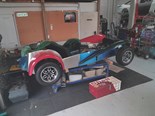Chrysler Valiant VG Pacer – Mighty Mopar
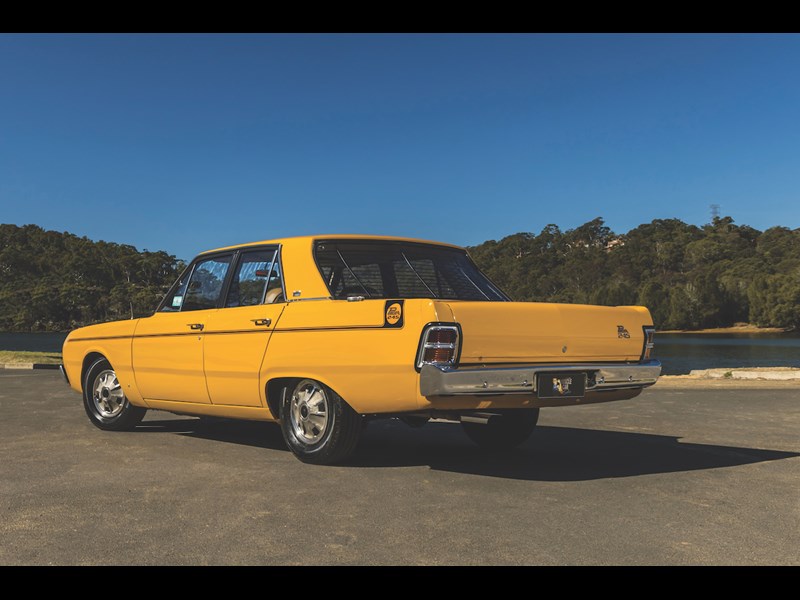

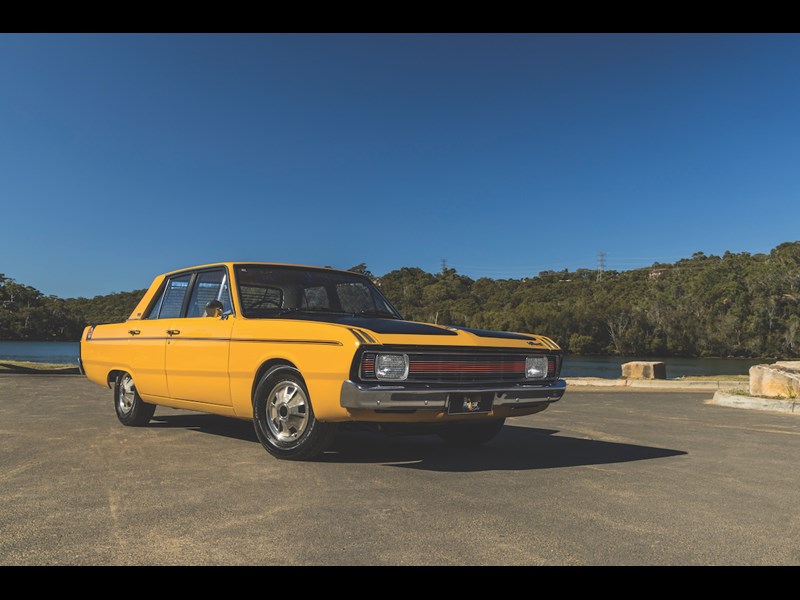

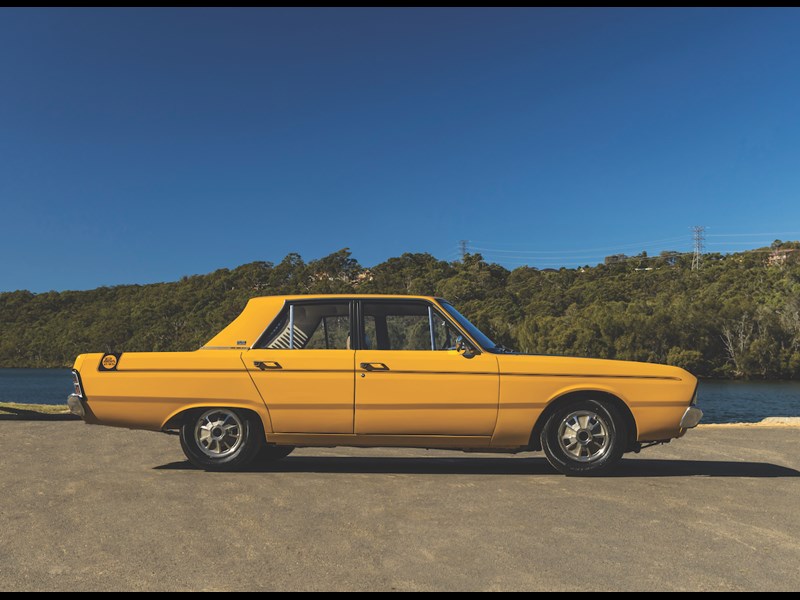

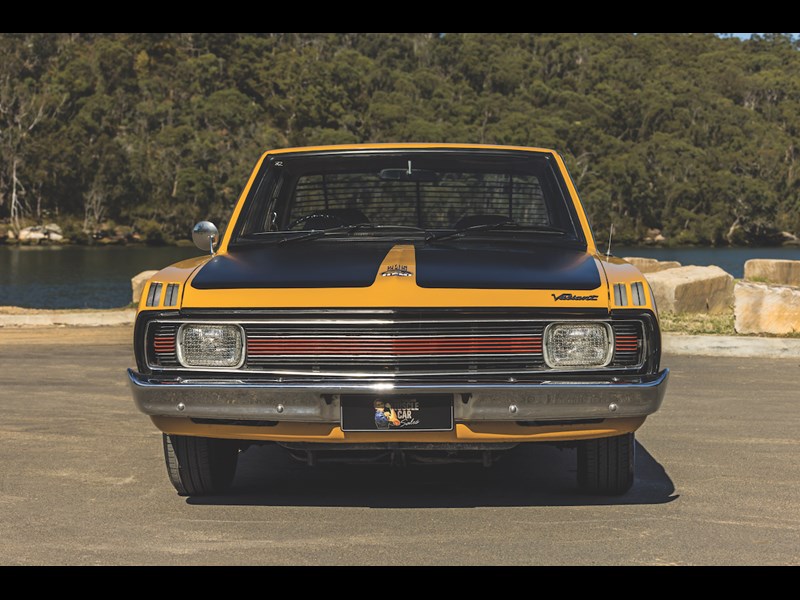


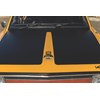



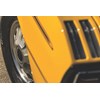
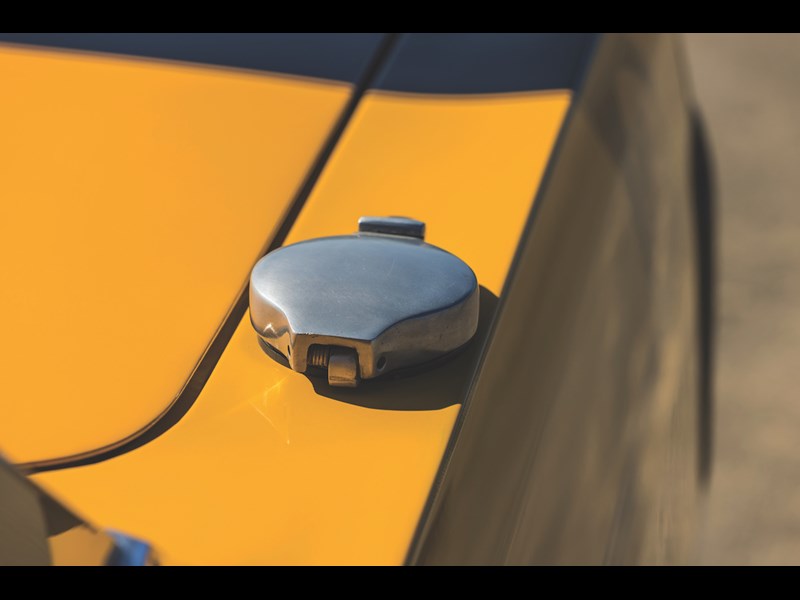


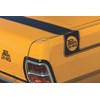
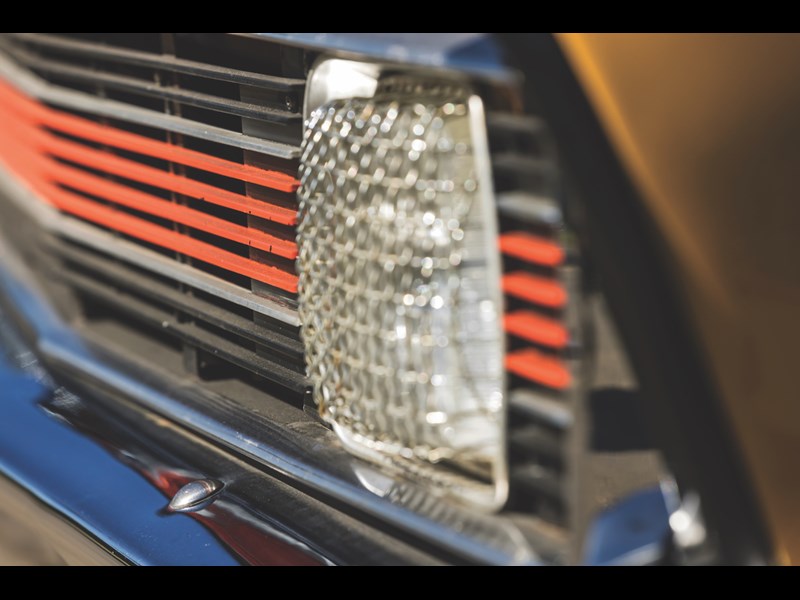

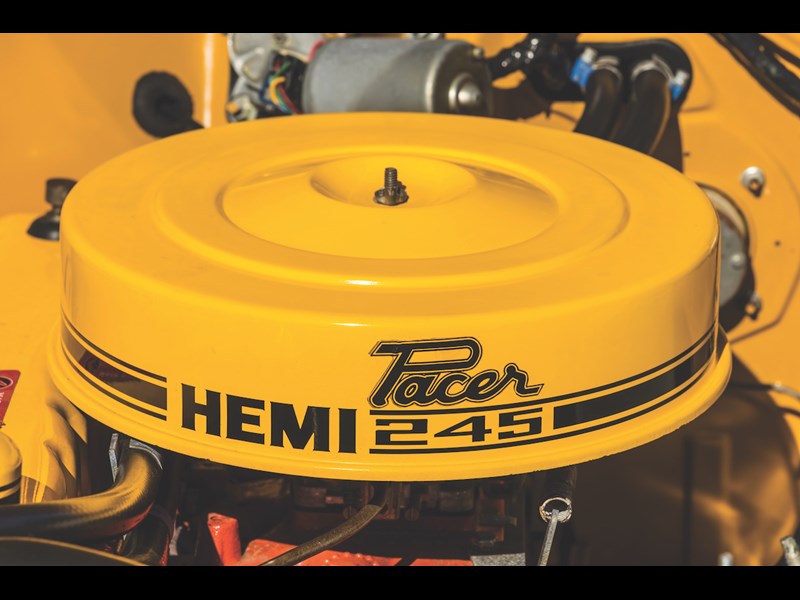




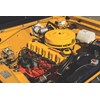
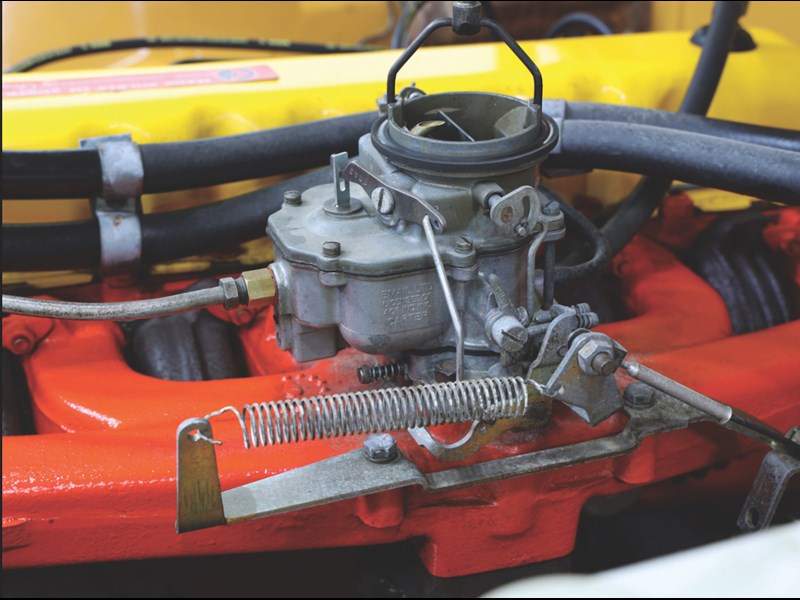

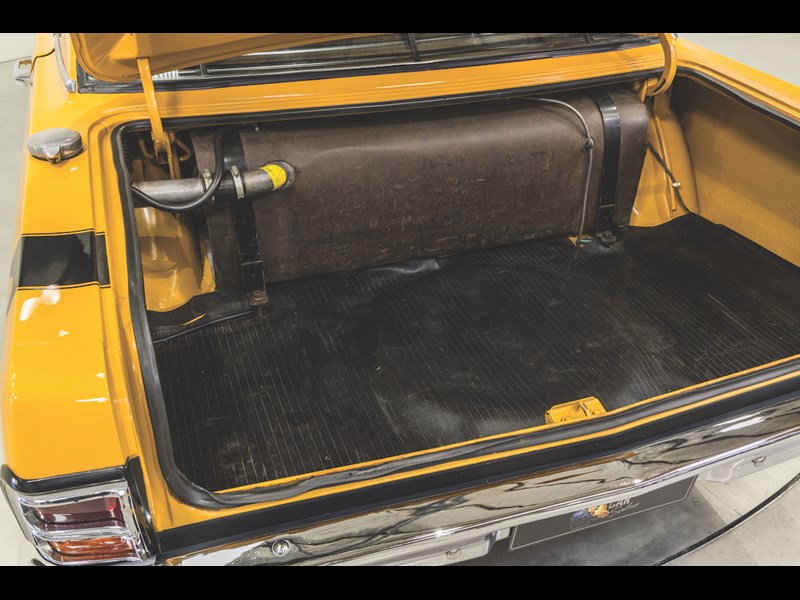

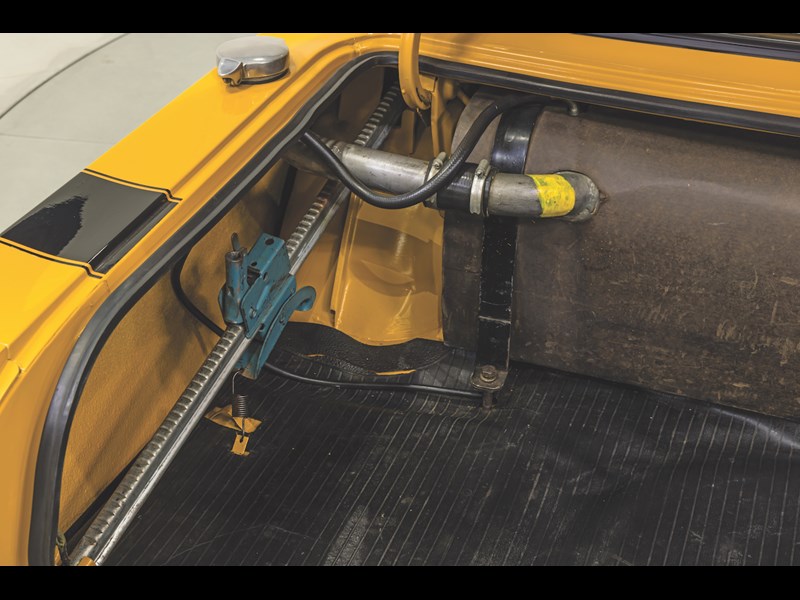

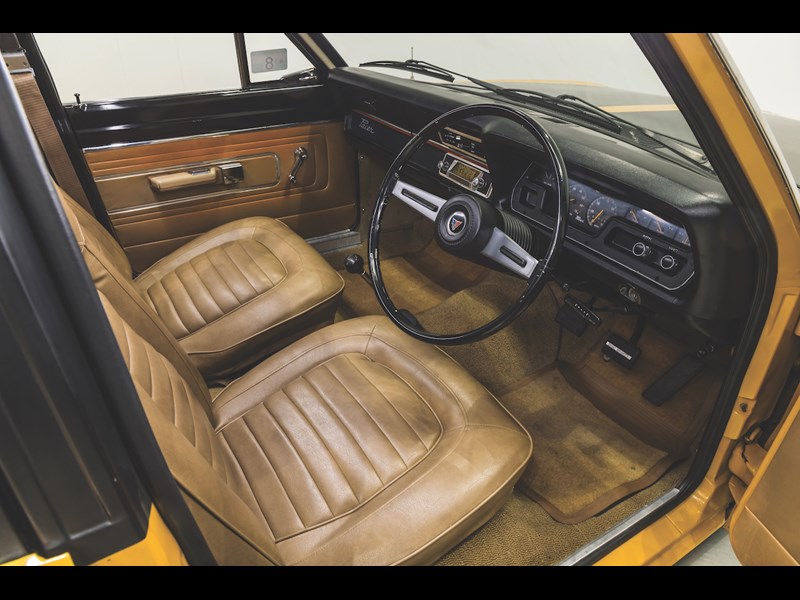

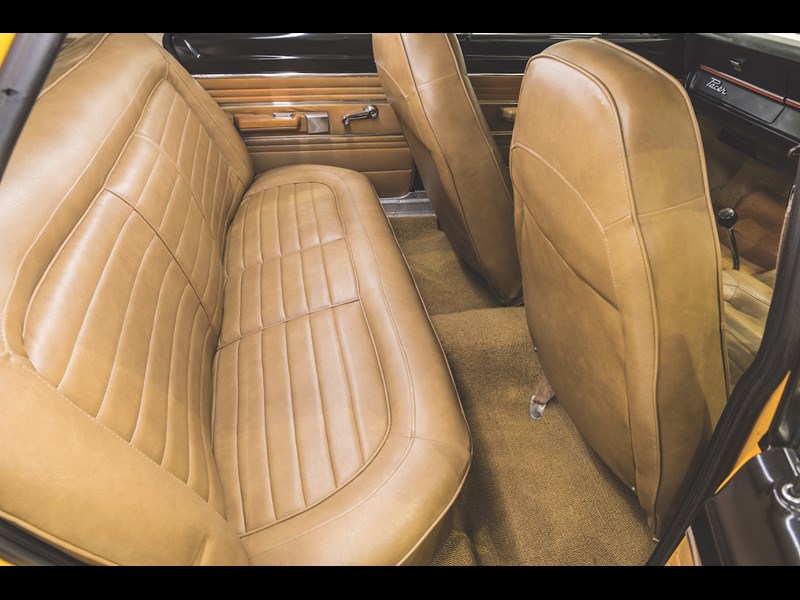

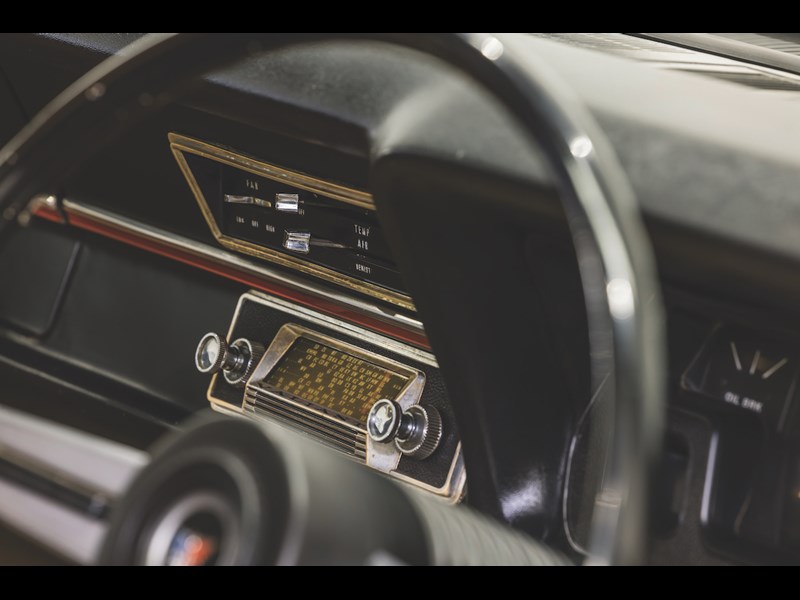

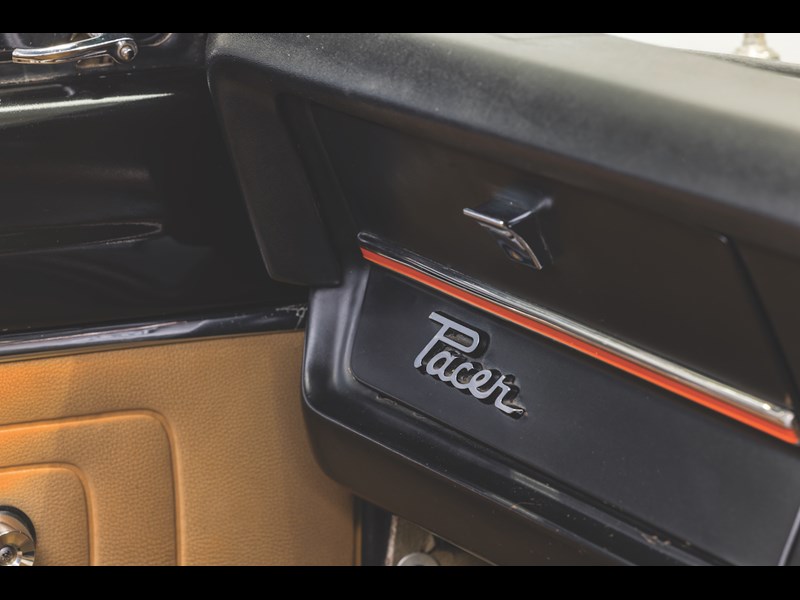

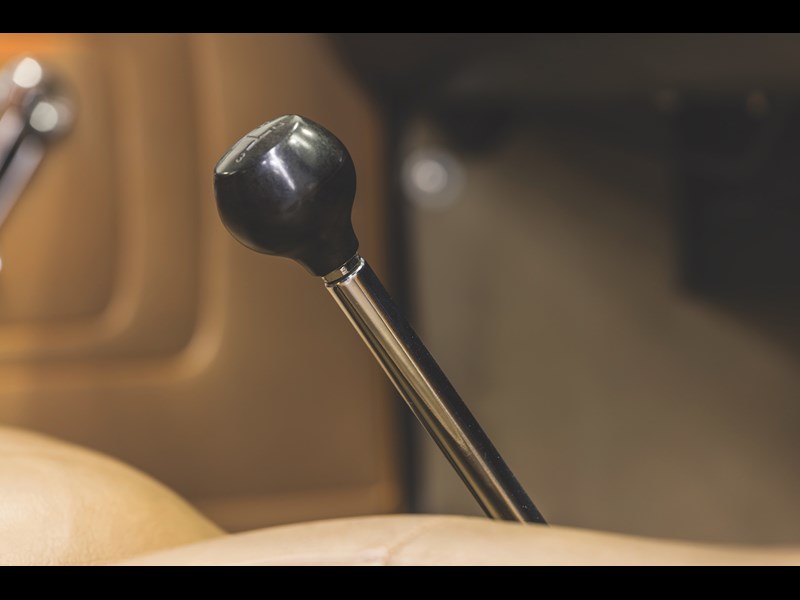


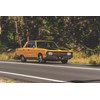

|

|

|

|

|

|

|

|

|

|

|

|

|

|

|

|

|

|

|

|

|

|
Chrysler was the last of the big three to offer a hot version of their family sedan, and it was fabulous.
Depending on who you talk to, Chrysler’s Pacer concept of the late 1960s was either A: A catch-up reaction to the success of competitors like Monaros and Falcon GTs, or; B: So far ahead of the curve that it wouldn’t be until the Falcon XR6 almost a quarter century later that a full-sized, six-cylinder performance car would match the Pacer’s intent and marketing direction. Or get anywhere near the Mopar’s cool factor.
But whichever way you cut the deck, when the Pacer we’re discussing is a genuine, numbers-matching Bathurst homologation special (in this case, an E31) even if it never won Bathurst, that distinction puts this car up there in the pantheon of Aussie homologation specials.
Yep, as far as we’re concerned right up there with the likes of GT-HO Falcons, XU-1 Toranas and S4 EH Holdens.
Don’t get us wrong, all GTs, EHs and Torries are cooler than a well-digger’s backside. But when they appear before us, bearing the option codes and equipment that stamps them as one of the 200 cars demanded by CAMS to bring those options to racetracks in Australia in the '60s and '70s, then we come to the overall opinion that we’re-not-worthy.
But let’s backtrack a little first. While Holden and Ford were making the '60s special by cranking out local hotties with V8 engine options and all sorts of stripes and lairy wheel-trims, Chrysler found itself standing at the edge of the dance floor, looking at its shoes.
 |
| Fuel filler location for big tank. |
Its answer to all of this (and this is where the catch-up strategy theory emerges) was to grab a four-door VF Valiant, spice up the 225 slant-six a little and whack on some 100 mile-an-hour stripes.
Changes to the engine included a little more compression, a two-barrel Carter carby and a better flowing exhaust system.
Move the three-speed shifter to the floor and, bingo, you had yourself a car that could top a genuine ton with ease and, since it was at least 150kg lighter than a '69 Falcon GT or Monaro, made more of its 130kW than you might imagine.
 |
| The Hemi delivered unrivalled grunt in a six. |
It was also a steal at under $2800. The die was cast.
Enter the VG Valiant for 1970 and the big news is all about the new Hemi six, this time around in 4.0-litre, 245 cube form.
This time, Chrysler was a bit braver, offering a two-door as well as the four-door, although chat in the day was that the four-door was a fraction lighter and more rigid than the big coupe. Consequently, most Pacers that got raced were four-doors.
To give the big girl a fighting chance against the V8 competition, the factory offered the Pacer in street form as well as digging out a couple of `E’ options, in this case, the E31 and E34.
The difference? Not as much as you might think, and more or less boiling down to a two-barrel Carter on the E31 and a four-barrel on the E34.
 |
| Chrysler made sure the Pacer stood out. |
Other `E-option’ stuff ran to a more aggressive camshaft in the 245, a windage tray of sorts to prevent oil starvation in corners at race pace, and even a smaller fan to reduce drag on the engine (and, presumably, help prevent the fan flying to bits during prolonged high-rpm use, like Con-Rod Straight, f’rinstance).
And because this was the 1970s, your choices didn’t stop with the engine options, because Chrysler also invited you to make your Pacer even more track-ready with a range of other options, one of the most prized these days being the J42 big-tank deal.
This wasn’t just a slightly bigger tank, it was a full 35 gallons (159 mother-loving litres) and even sported a filler mounted horizontally on the rear quarter.
And let’s not forget the A84 option package otherwise known as the Track Pack.
 |
| Three numbers Mopar fans idolise. |
This got you a close-ratio gearbox (still three-speed though) a heavy-duty tailshaft, deleted the front disc inner shields, finned drums on the rear, a brake proportioning valve, six-inch-wide rims and heavy-duty front shocks.
Did it all work? Yes, indeed.
Not only did E31 Pacers finish fourth and fifth outright in the 1970 Bathurst classic (ahead of the faster E34, see sidebar) genuine Track Pack cars have gone on to become bona fide homologation-special collectibles.
Okay, so maybe the Pacer is a late bloomer, but prices and desirability are deffo on the up.
Take the car on these pages for example. What you’re looking at here is a genuine E31, A84 Track Pack car with the too-cool-for-school J42 big tank option.
 |
| Big tank and 2- or 4-barrel Carter carby, were key features of the Pacer. |
This particular car also scored from new the A88 stripe option, the T14 high-speed radial-tyre option and the D53 3.23:1 limited-slip diff option.
Although the body was (sympathetically) restored in the 1990s, the people responsible took a huge amount of care to re-use whatever original bits and pieces they could.
That mission was helped by the fact that the car still sports matching numbers on the engine block and three-speed gearbox.
But even inside what could be saved, was, including the original door cards, dash-pad, gauges, roof lining, steering wheel and, of course, the AM radio.
Even under the bonnet where the car has also been fully restored, saving what was already there was key.

So, even though the ignition system is new, any replacement parts such as the single exhaust system retain the designs and styling cues (like the square exhaust tip) of the genuine article.
And what didn’t need to be replaced, wasn’t. Which is why things like the alternator, horns and even the battery terminals are the ones the Pacer left the factory with in 1970.
Heck, even the factory tool kit is present and accounted for, as is the el cheapo, afterthought cardboard panel that covers the huge fuel tank. How has a cardboard panel in the boot of a car lasted until 2023? Beats the hell out of us, but there it is.
Most sources reckon there were only 209 E31 Track Pack VG Pacers built, so finding one at all is a crap-shoot at the best of times. But to find one as original as this, well, that’s just some kind of miracle.
We would like to thank our friends at Australian Muscle Car Sales for their assistance with our featured E31 Pacer, which is currently for sale. Scan the QR code or visit tradeuniquecars.com.au for more details.
SMART BUYER'S TROUBLESHOOTING CHECKLIST
VITAL STATS
NUMBER MADE: 1162 (all VG Pacer) E31 Track Pack production run: 209
BODY STYLES: Steel integrated body/chassis four-door sedan or two-door hardtop
ENGINE: 4014cc inline 6-cylinder with overhead valves & single downdraft carburettor
POWER & TORQUE: 138kW @ 4600rpm, 325Nm @ 2000rpm (2bbl)
PERFORMANCE:0-96km/h 8.8 seconds, 0-400 metres 16.7 seconds
TRANSMISSION: Three-speed manual, three-speed automatic
SUSPENSION: Independent with torsion bars, telescopic shock absorbers & anti-roll bar (f) Live axle with semi-elliptic springs and telescopic shock absorbers (r)
BRAKES: Disc (f) drum (r) power assisted
TYRES: 185H14 radials
1970-1971 Valiant VG Pacer
BODY & CHASSIS
Rust can affect structural areas and cause these cars to literally break apart in a heavy impact. From underneath, check for rust or cracks around the sub-frame mounting points, the steering box and inner mudguards. Hardtop doors may not close properly without being lifted and need new hinges which are available locally at around $300 per set. Second-hand bumpers needing rechroming cost $300 to $500 each or you can get new ones in fibreglass for $500 but you need to paint them yourself. Brand-new front mudguards are available at less than $2000 each. Genuine Pacer bodies are identified by ID numbers commencing with VG7-S-41 (sedan), VG7-S-23 (manual Hardtop) or VG8-S-23 (auto Hardtop).
 |
| This hue was almost the default colour for Pacers in the day. Looked fabulous too. |
ENGINE & TRANSMISSION
The Hemi Six used by VG Pacers ranks among the most durable power units produced in this country. Provided they haven’t been overheated so badly that rings crack and the cylinder head warps, 300,000 kilometres can be achieved between rebuilds. Replacement cylinder heads are still available at $1200 to $1600, with standard pistons and rings $300 to $500 a set. Hemi engines leak oil from around the head and timing cover, but unless the car is of show quality, a squirt of degreaser and wipe down every few weeks offers a cheap fix. The three-speed manual transmission and standard diff are tough but easily reconditioned if making nasty noises.
SUSPENSION & BRAKES
People said it couldn’t be done, but it did prove possible for the Pacer with its torsion bar front-end to achieve competition success. Just don’t drive it too far from the track because the radical alignment will chop tyres out in no time. Steering is intrinsically vague but rack and pinion conversions are available. $400 spent on front-end bushings can stop affected cars wandering under brakes and sending road shocks up the column. Check that rear leaf springs haven’t sagged or developed cracks, especially near the shackles. Brakes that lose pedal under sustained pressure or quickly run out of boost will need work, however new rotors and pads are available and replacement boosters cost $650.
INTERIOR & ELECTRICS
VG Pacers have lots of interior parts in common with mainstream Valiants, meaning a shabby cabin shouldn’t be too difficult to revamp. Plastic instrument covers crack and distort due to heat, while fuel and temperature gauges may not work due to sensor problems. Seat frames can crack and twist, so check if possible that they haven’t been poorly welded or split again. Reproduction seat covers are available at around $2500 per set, but sagging seats will need to be repadded by a trimmer. New door trims are available and window winders that require excessive effort can be freed at the same time the door cards are being replaced.
VALIANT VG PACER MARKET GUIDE
LATE 1960S Australia was a place where buyers wanted affordable performance cars but were making do with half-baked hot rods.
Holden helped by offering a 186S engine in its GTS Monaro and Ford had the GT Cortina, but the game didn’t change until the country’s most conservative carmaker made a move that the others had been avoiding.
Chrysler Australia’s answer was the ‘youth market’ Pacer. It appeared in 1969 as part of the VF range; a basic Valiant sedan with sporty additions priced at $2795 when a GTS186S was $3423.
It came in a limited range of colours with 130kW where the basic 225 engine made 108kW, three-on-the-floor manual transmission, tall ‘tombstone’ seats and a loud exhaust.
A year later came the gently remodelled VG with a new ‘Hemi Six’ engine. It was still a three-speed but with the looks and performance to rip sales away from Holden’s Monaro and GTR Torana and maybe even tempt a few V8 Falcon buyers.
The basic engine was a 4.0-litre, 245 cubic inch ‘six’ with a two-barrel (2bbl) carburettor and 138kW. Chrysler’s new engine was an outstanding piece of equipment and a reason on its own to buy a Pacer.
Those who specified it in 4bbl ‘competition’ trim got 157kW and a serious boost to performance, but very few of those cars were sold.
Pacers came in a special range of colours too, with clever names like Little Hood Riding Red, Bondi Bleach White and Vitamin C Orange helping enhance the experience for younger buyers.
 |
| "So maybe the Pacer is a late bloomer, but prices and desirability are deffo on the up." |
Inside, the VF’s distinctive seats had been swapped for more conventional buckets and the ventilation system improved.
The VG dash was redesigned to accommodate an inbuilt tachometer and there were extra safety features including a matt-black ‘anti-glare’ bonnet.
Kelsey-Hayes front disc brakes were standard on Pacers as were radial-ply tyres. Transmission was all-synchromesh with the nifty floor shift and a tall final-drive ratio that gave 2bbl cars a top speed of 182km/h and also helped with fuel economy.
At the 1970 Bathurst 500 event where Pacers with two and four-barrel carburettors were entered, the more economical 2bbl cars saved on pit stops and finished a lap ahead of the thirsty 4bbl.
VGs were the only Pacer available as a sedan or two-door Hardtop. In two-door form, the Pacer came only with the 2bbl engine but cost still cost $300 more than a sedan.
Looking back at the 2013 Muscle Car Value Guide, we found four VG Pacer sedans at an average of $30,250 and seven Hardtops at $28,490.
By late 2022, the money being sought had more than doubled, with sedans advertised at an average around $60,000 and a couple of Hardtops above $80,000.
Those trends continued into 2023, when an outstanding Hardtop would make more than $100,000 at auction and a decent sedan reached $55,000.
From Unique Cars #483, Sept 2023
Unique Cars magazine Value Guides
Sell your car for free right here
Get your monthly fix of news, reviews and stories on the greatest cars and minds in the automotive world.
Subscribe

.jpg)








